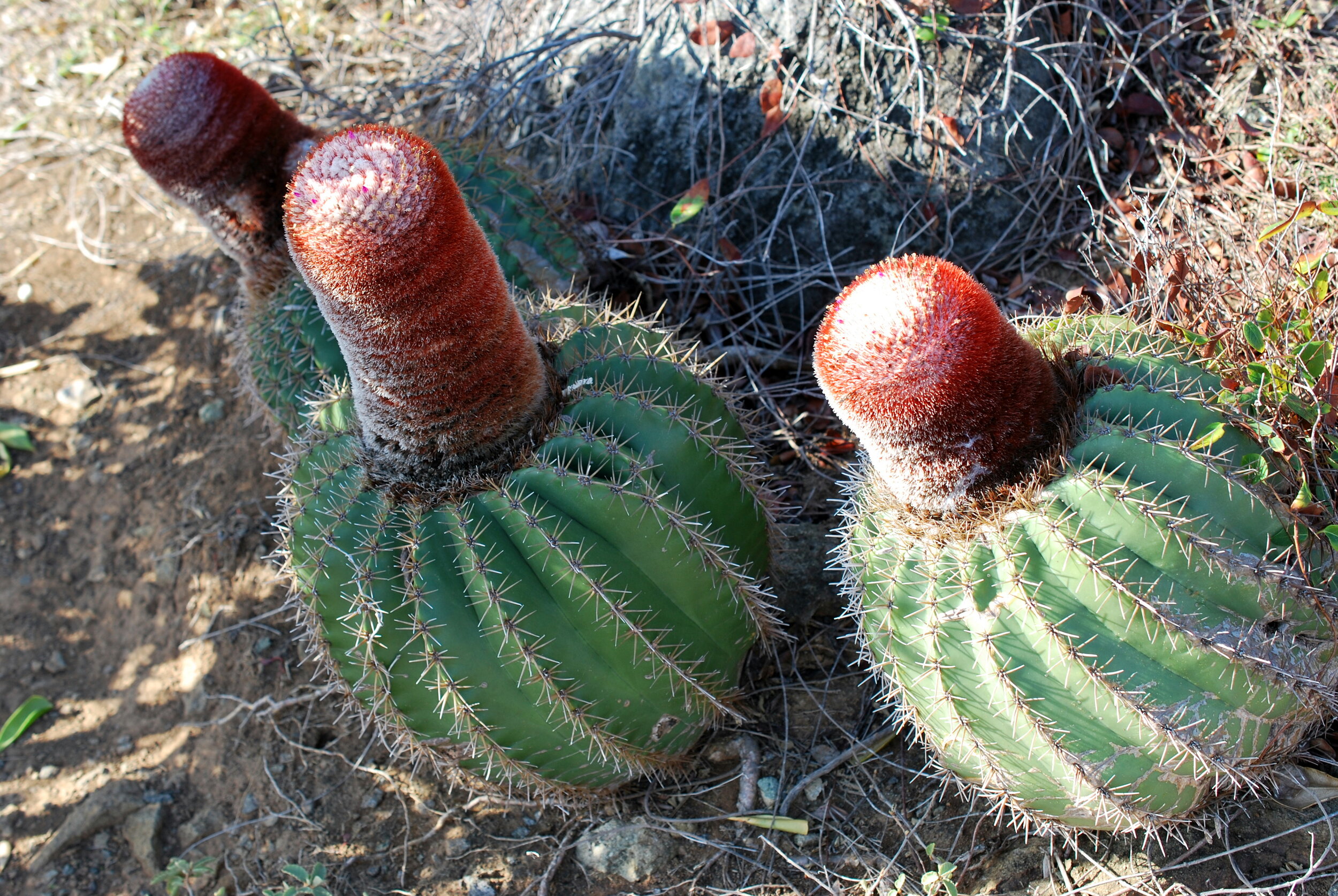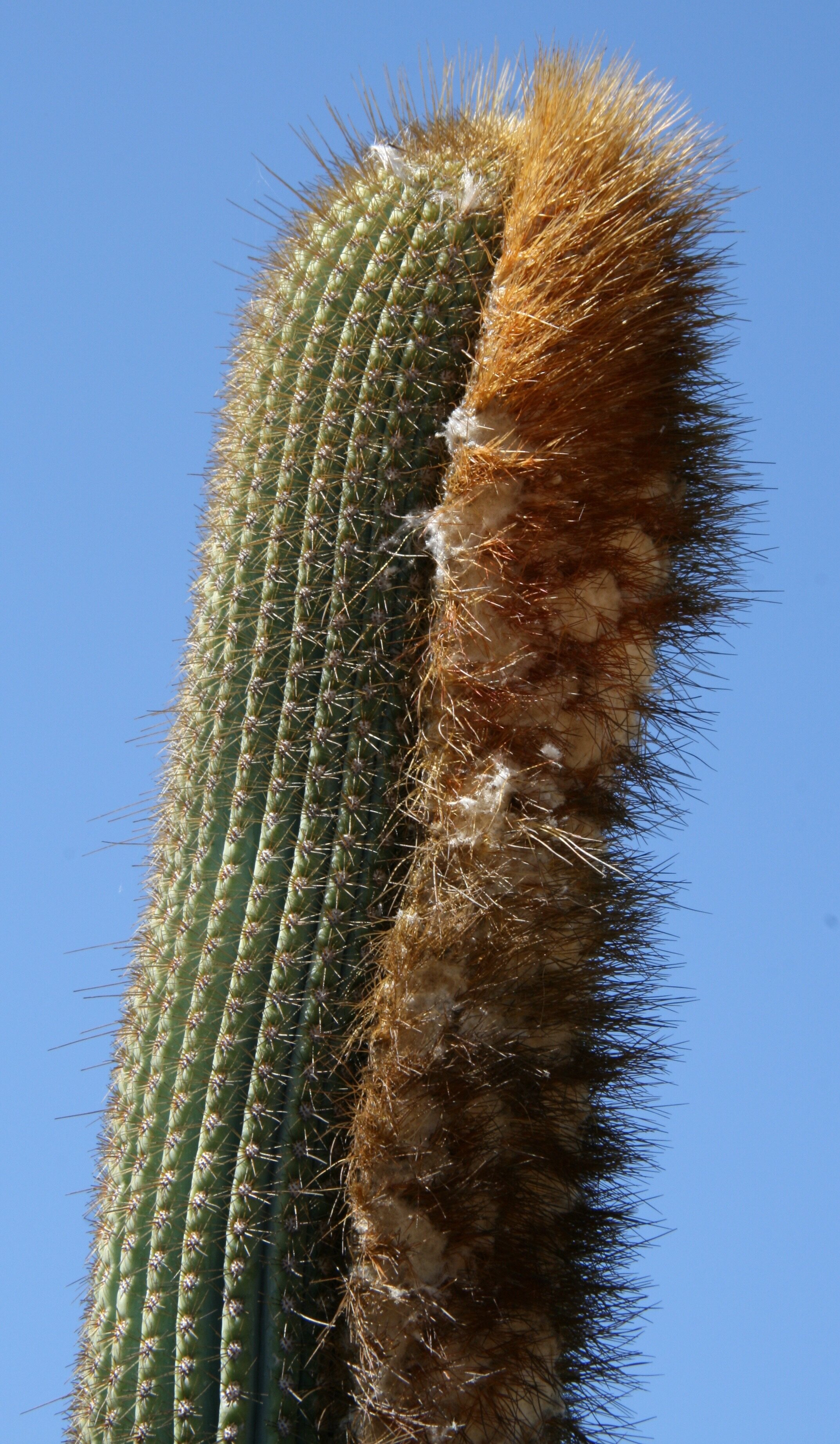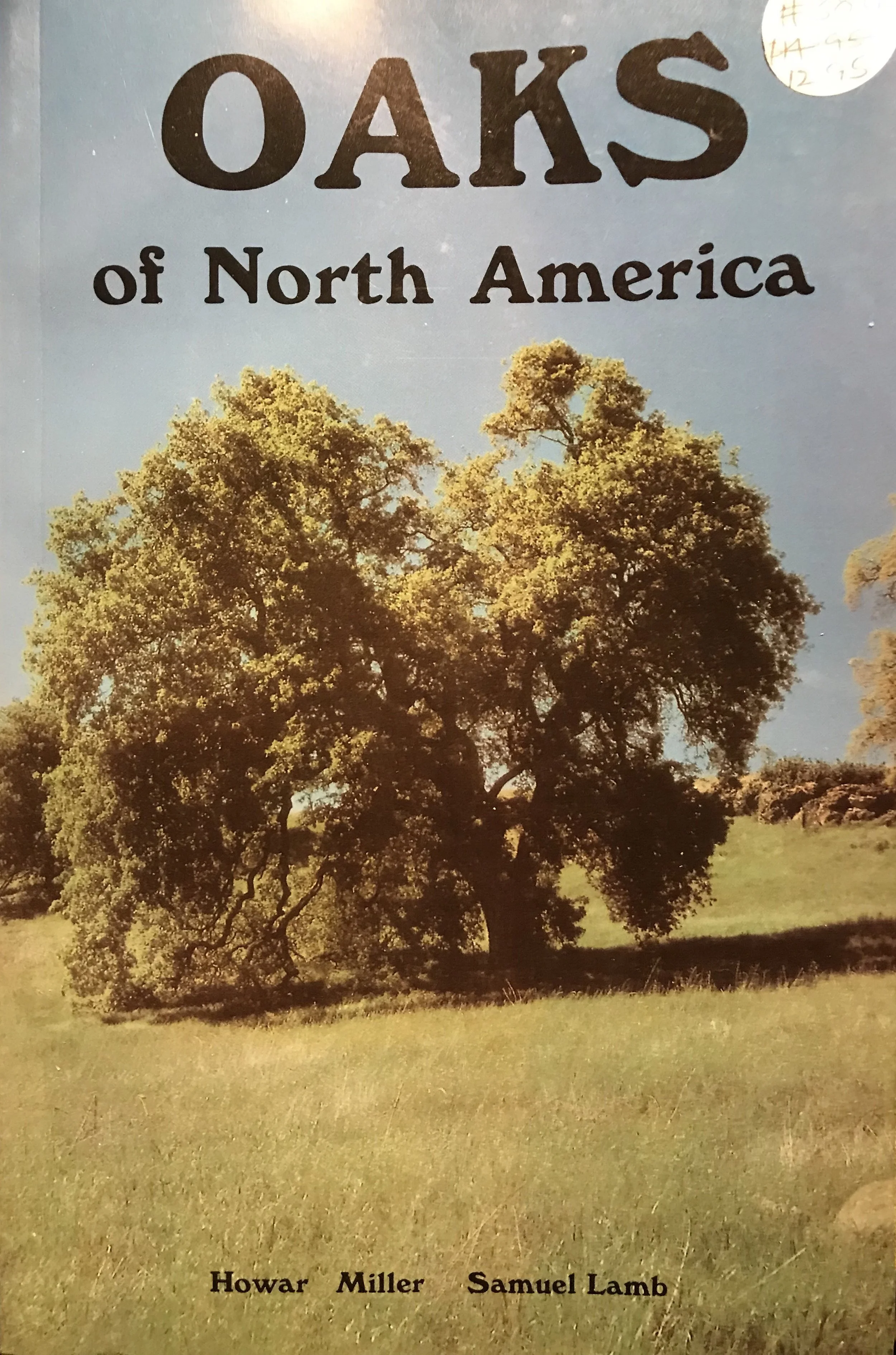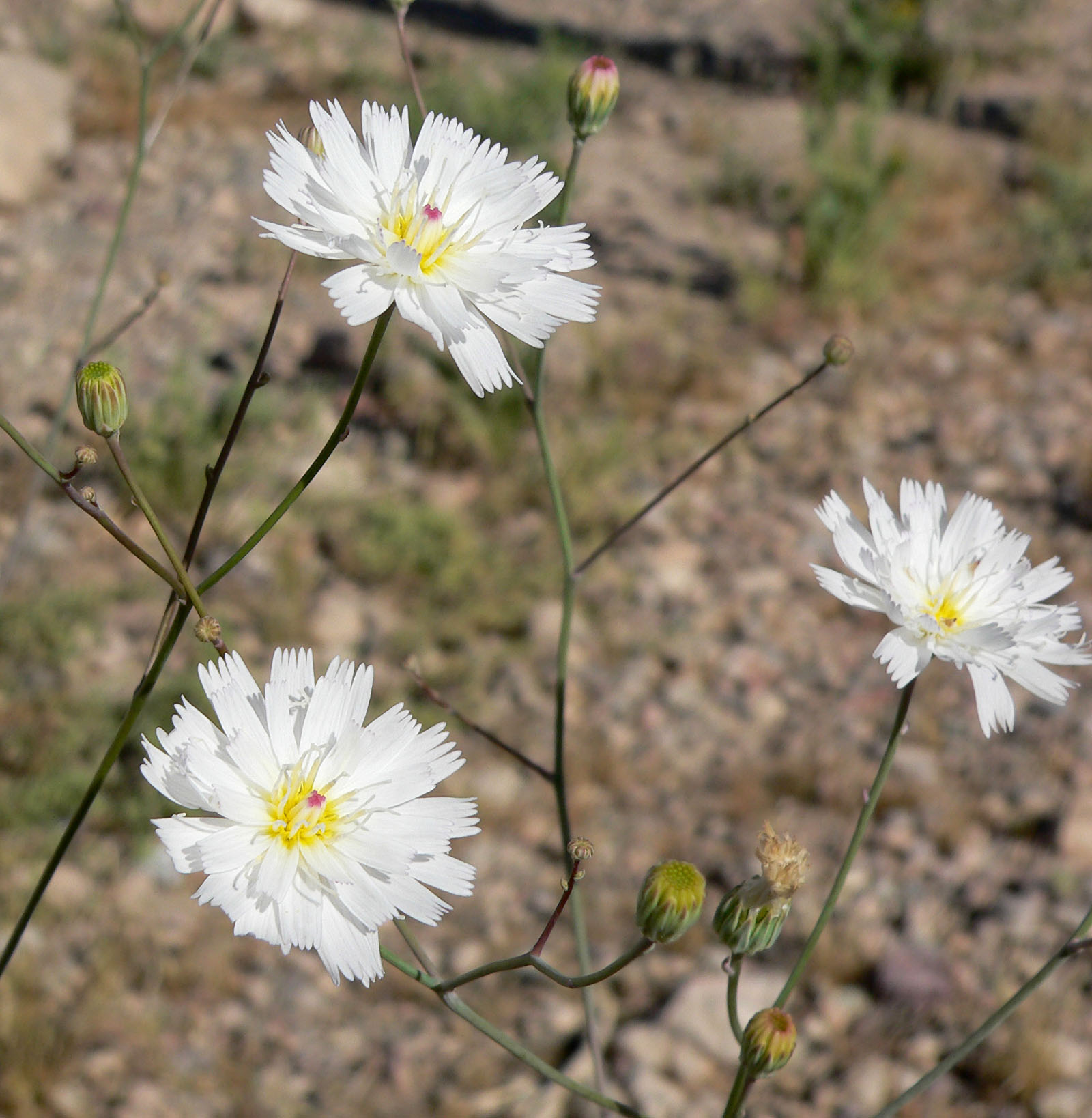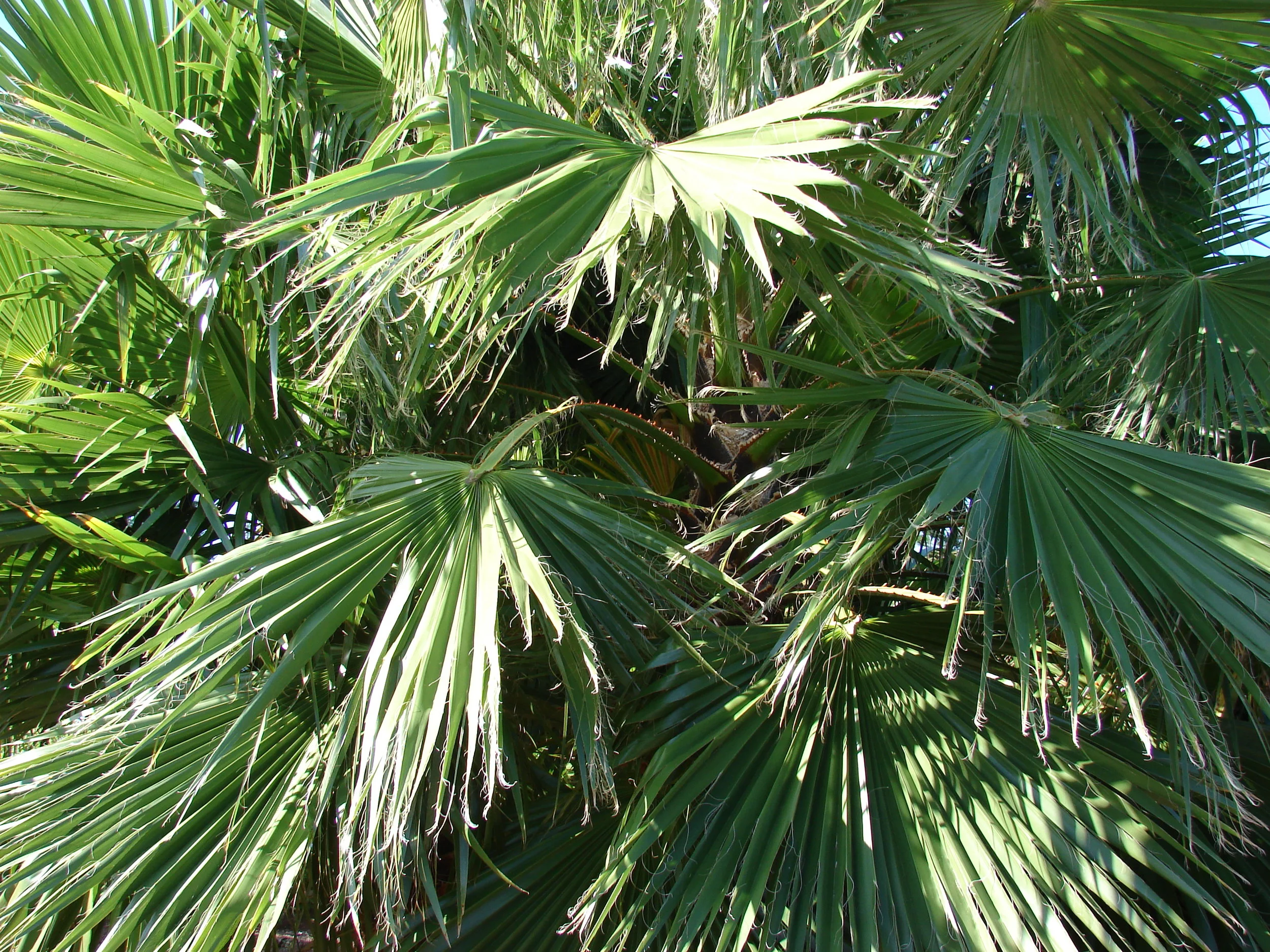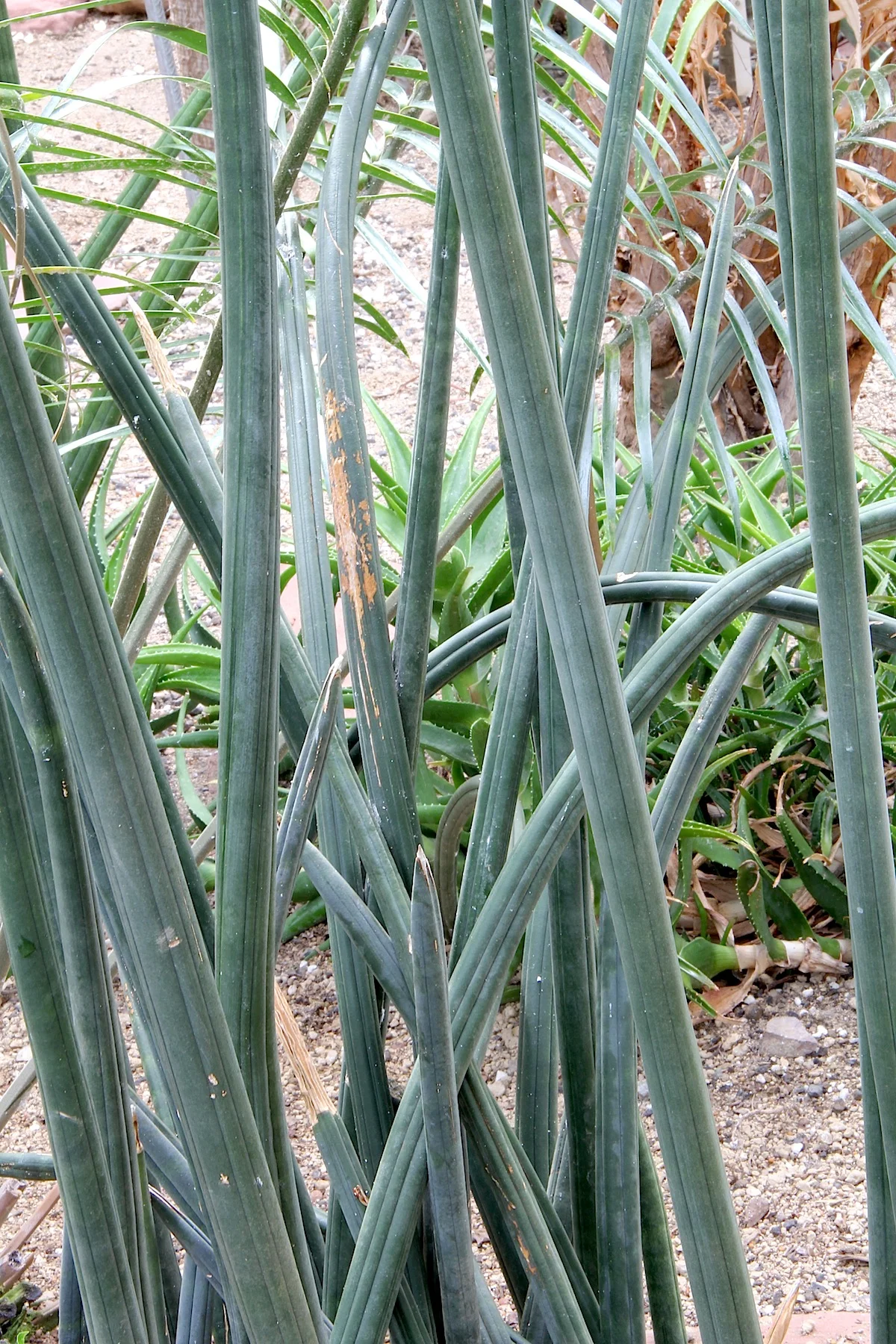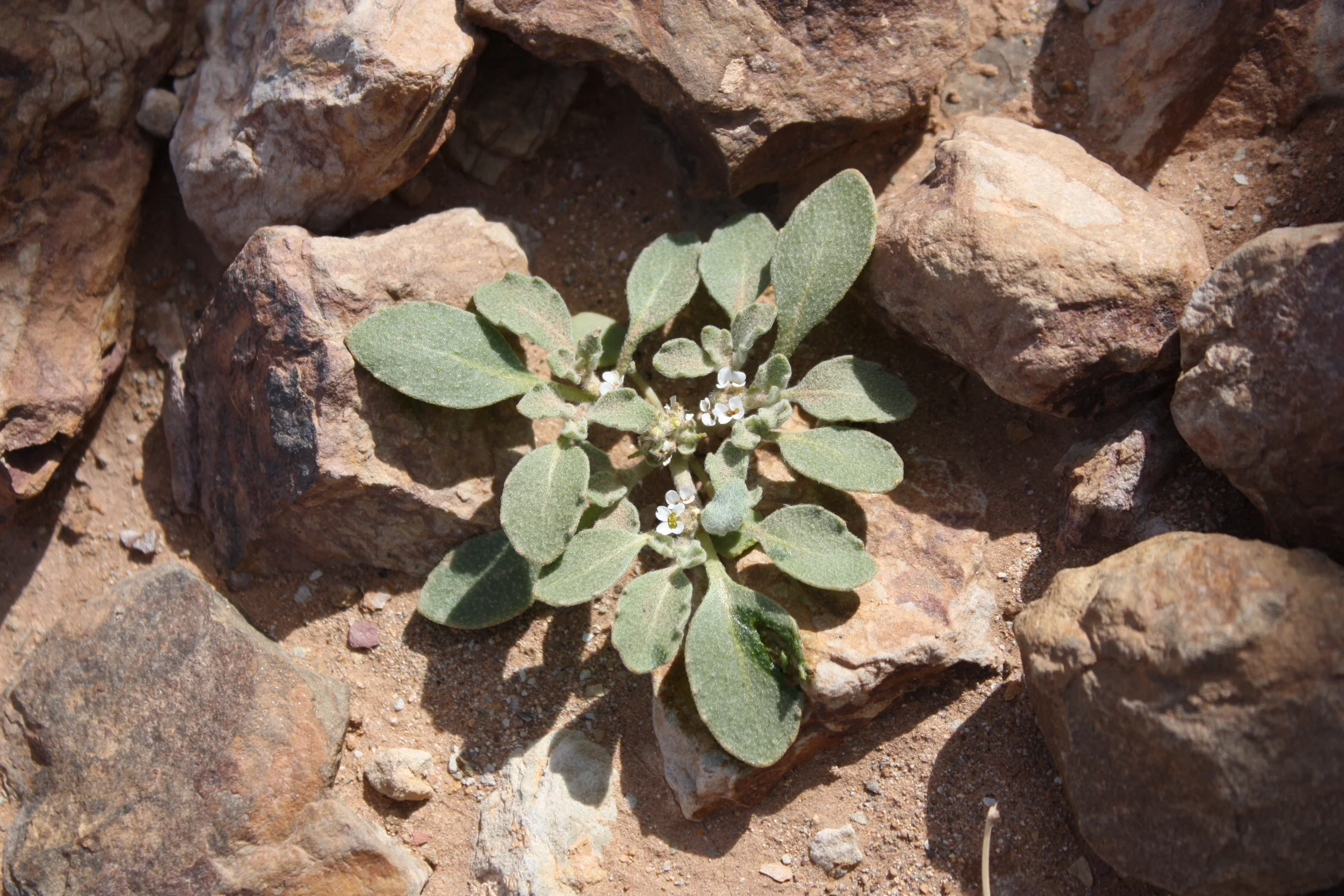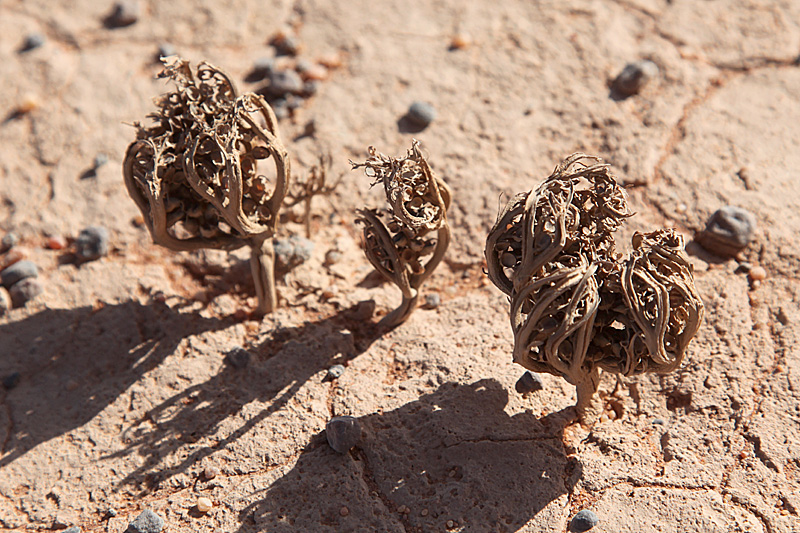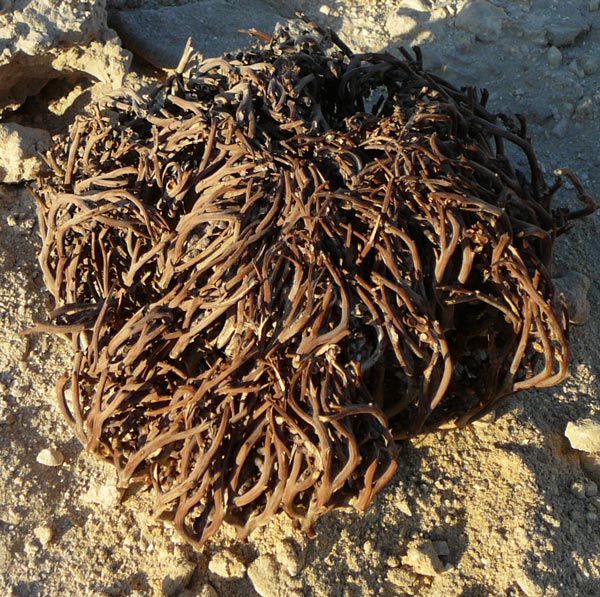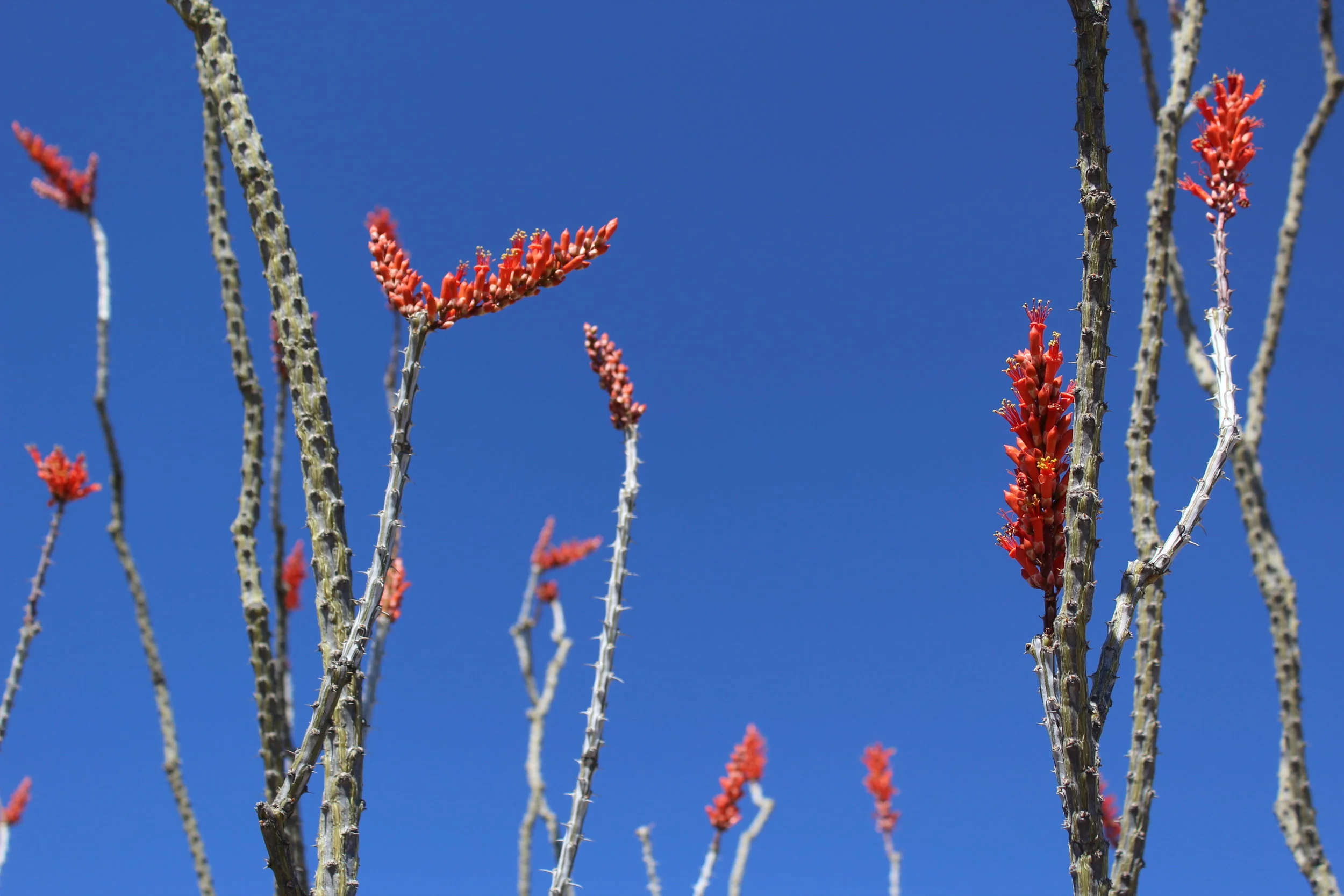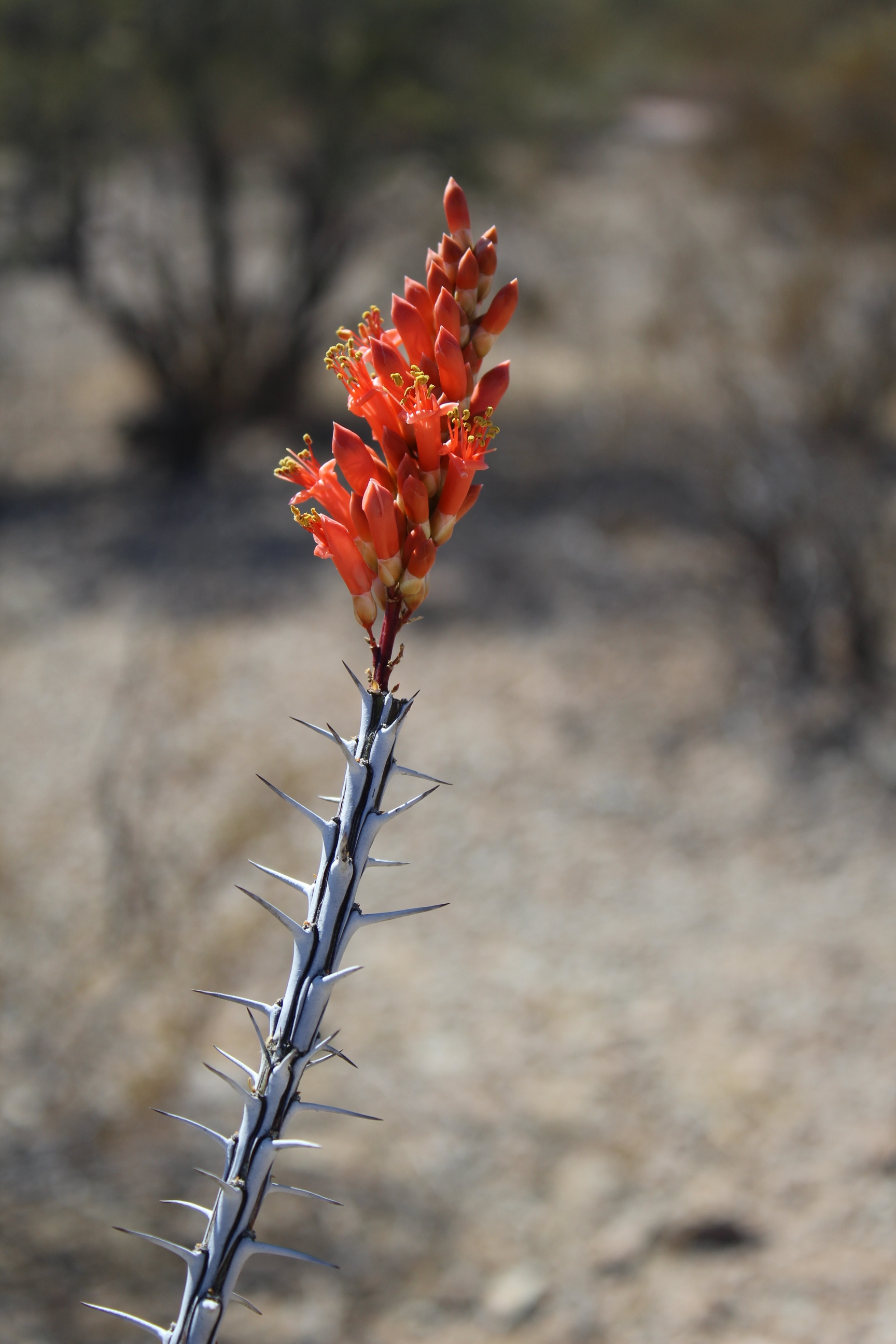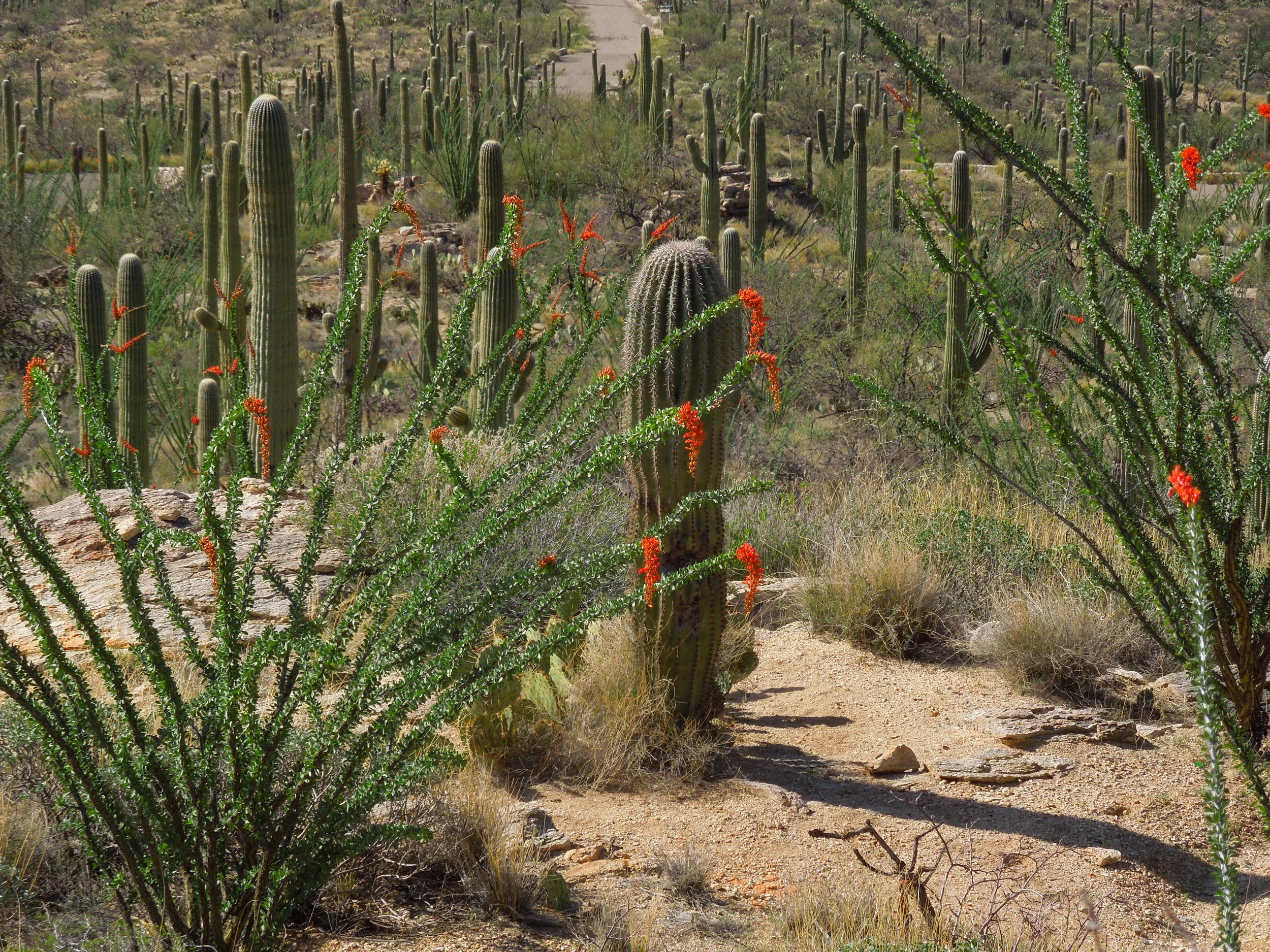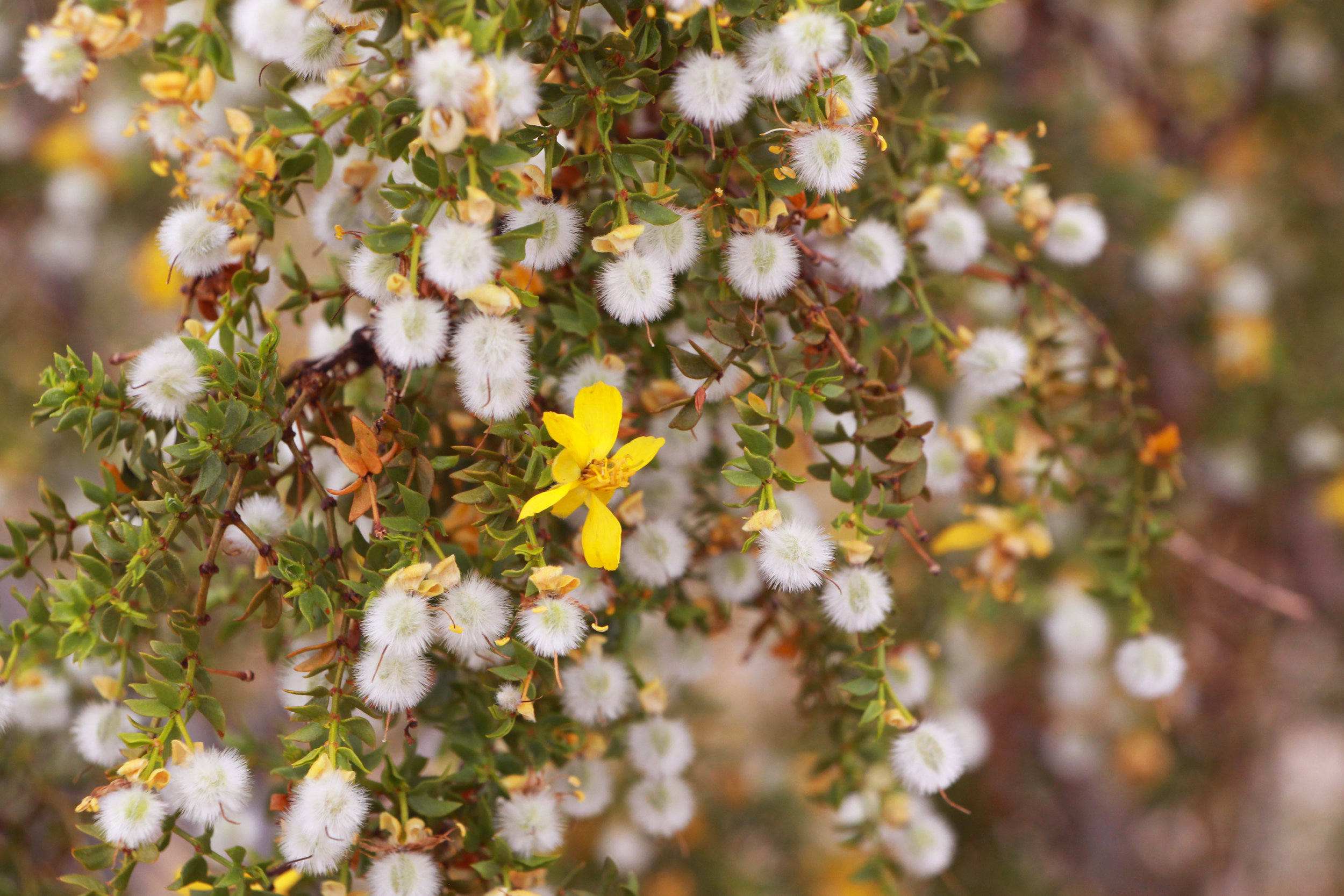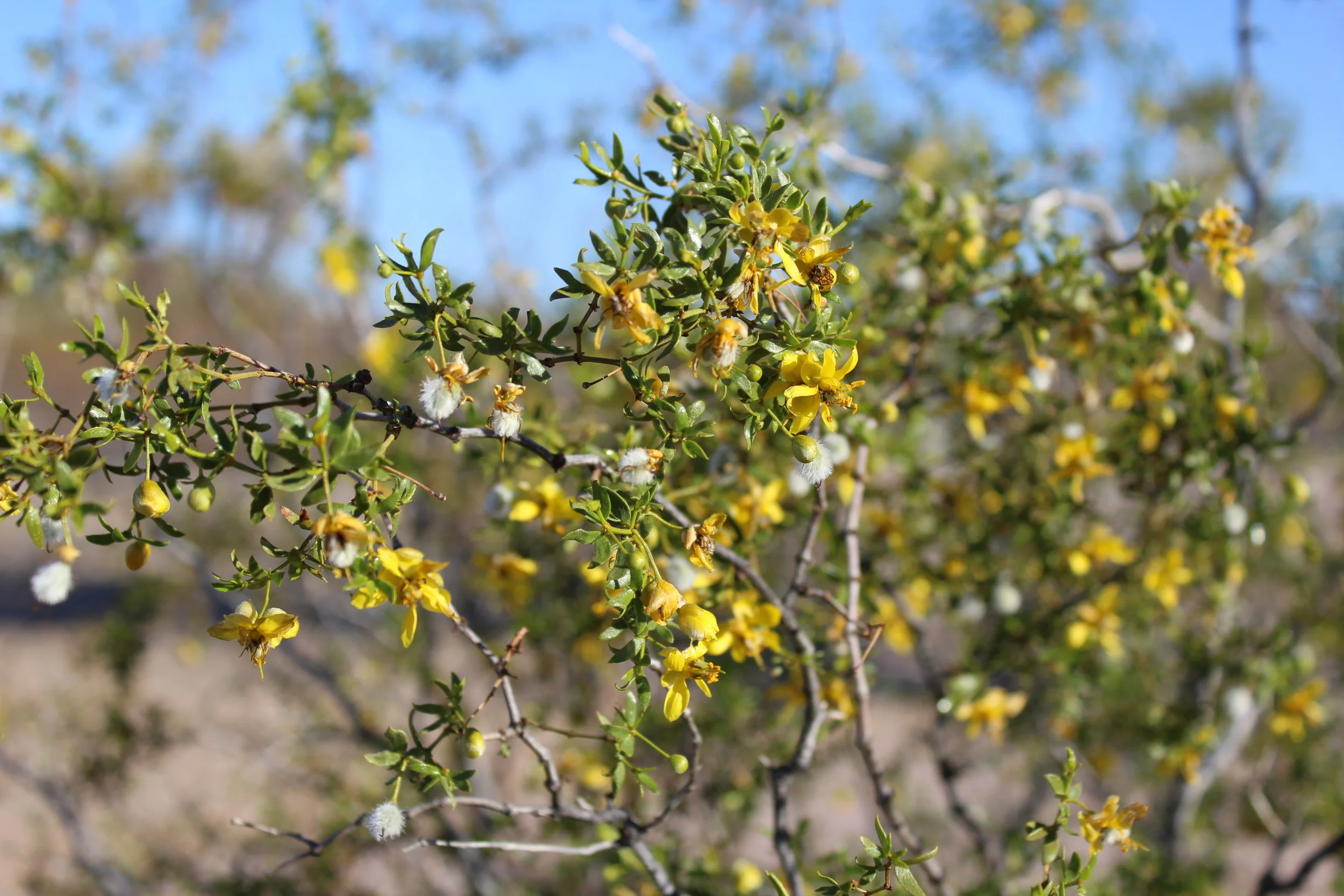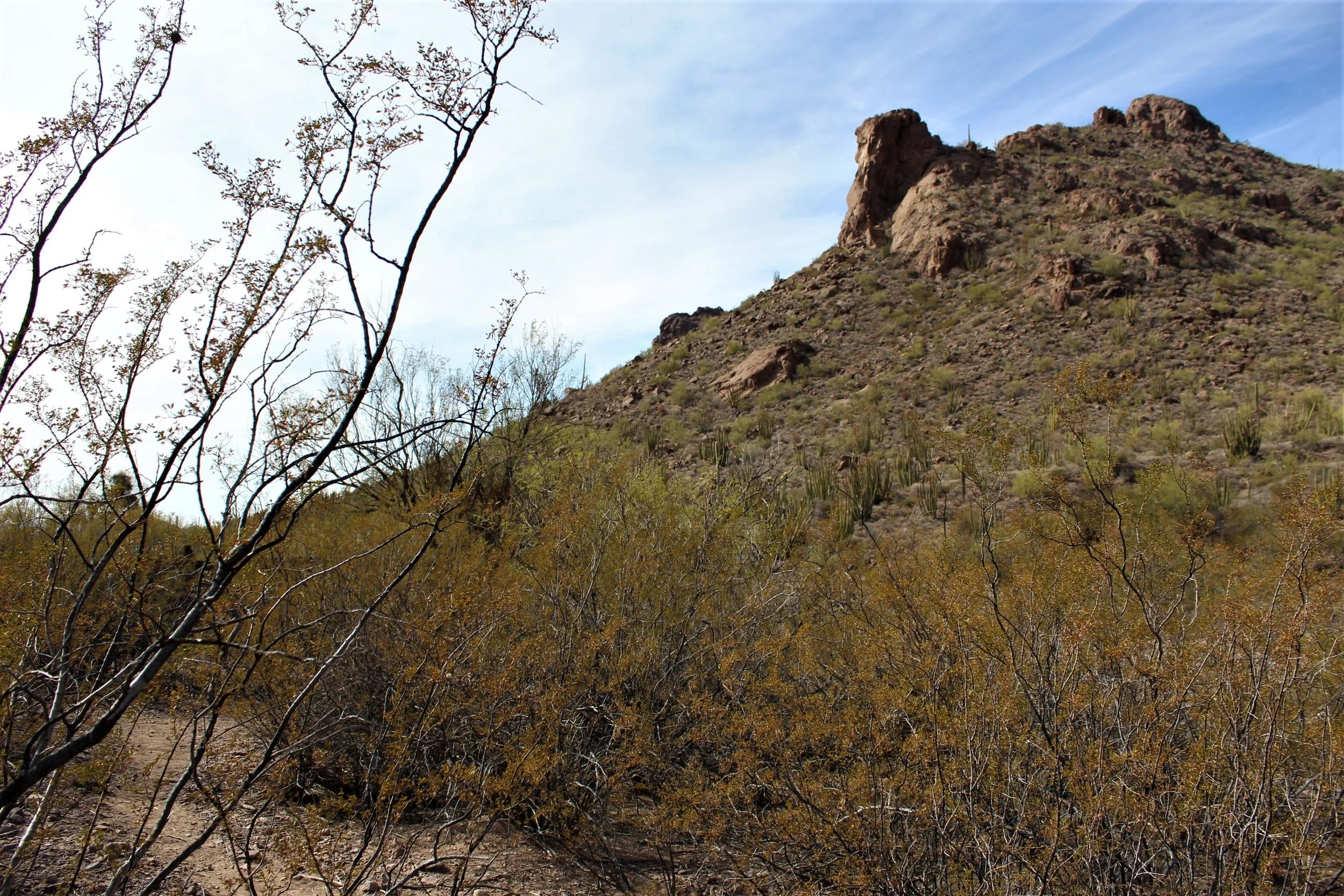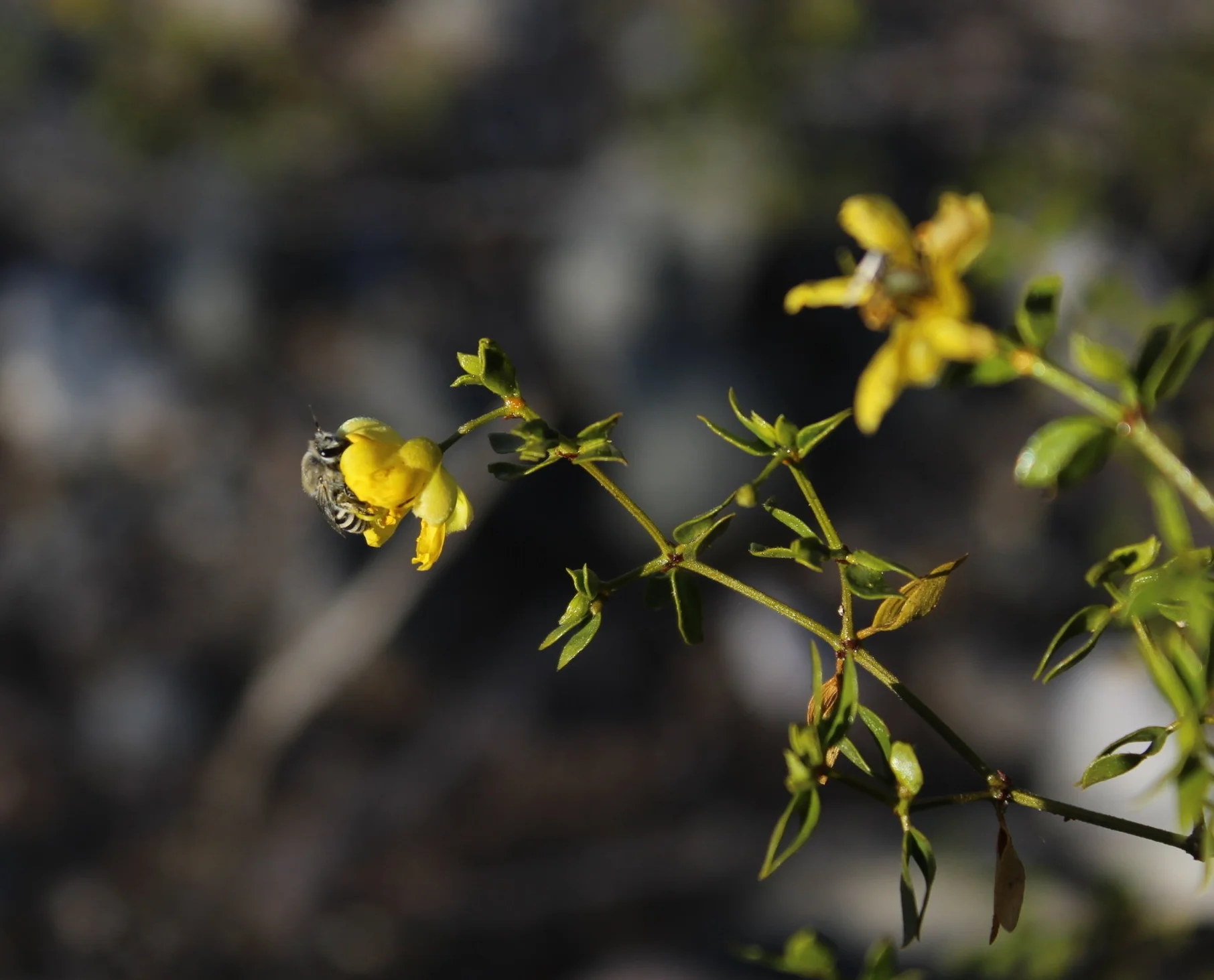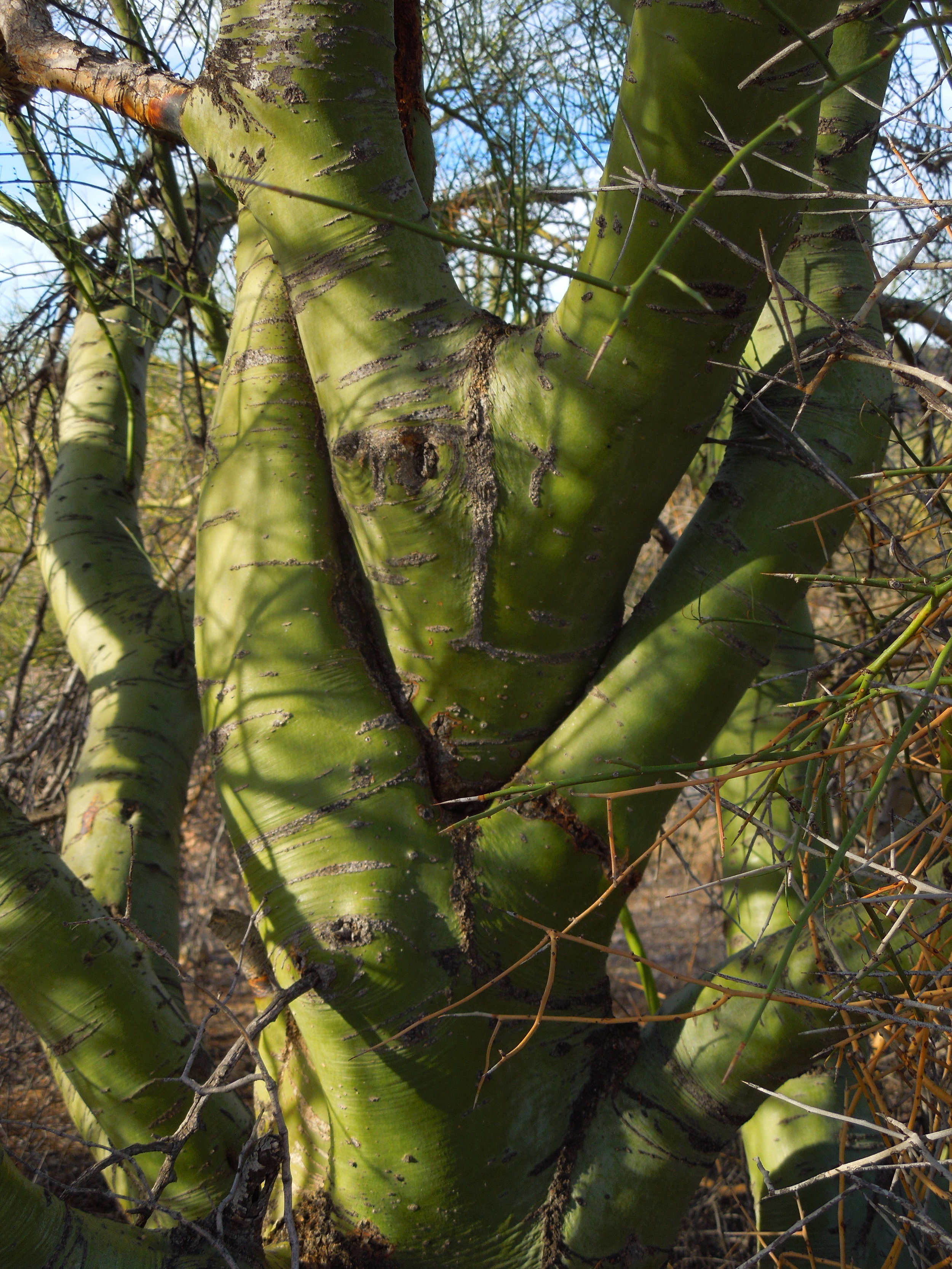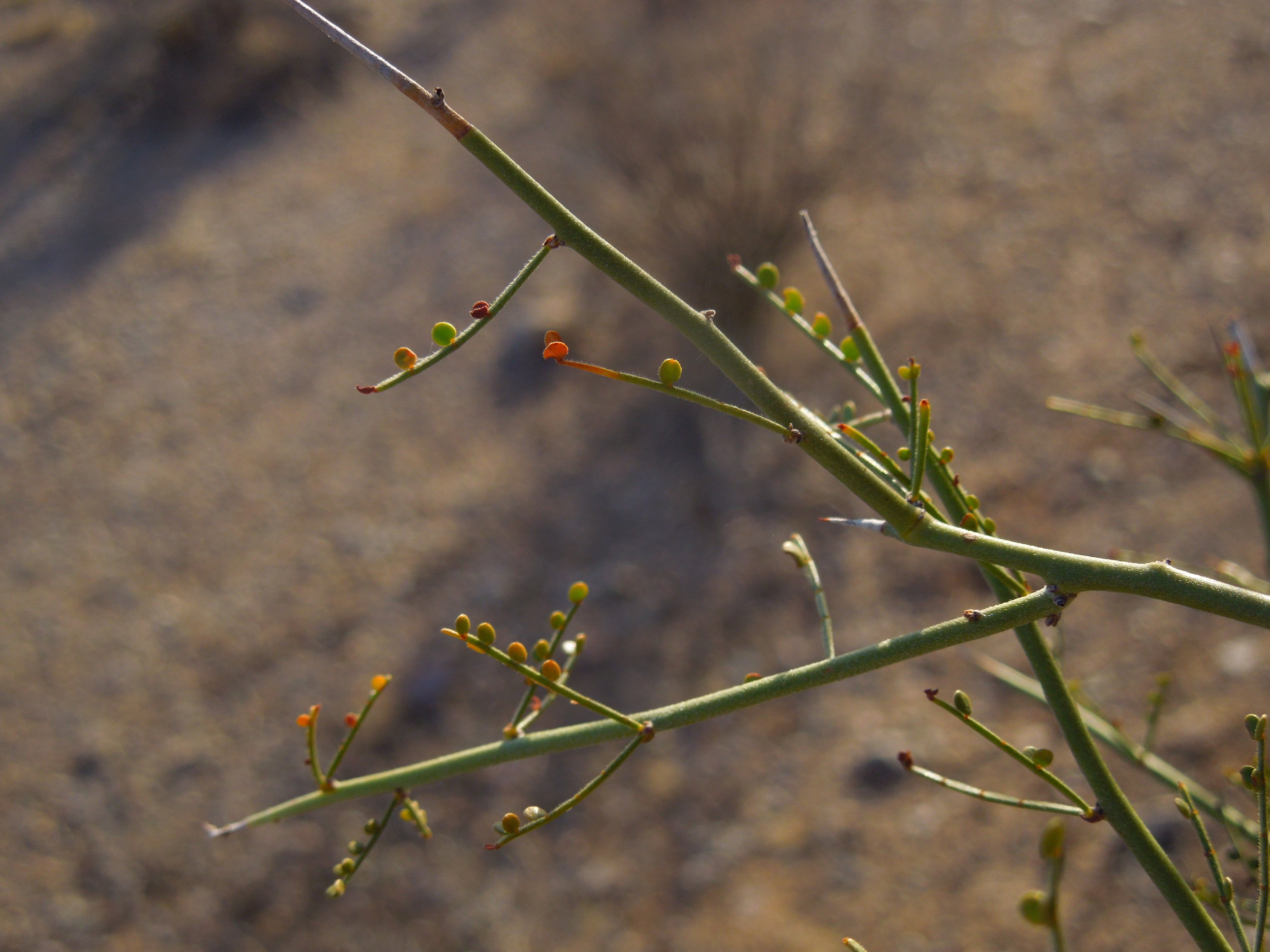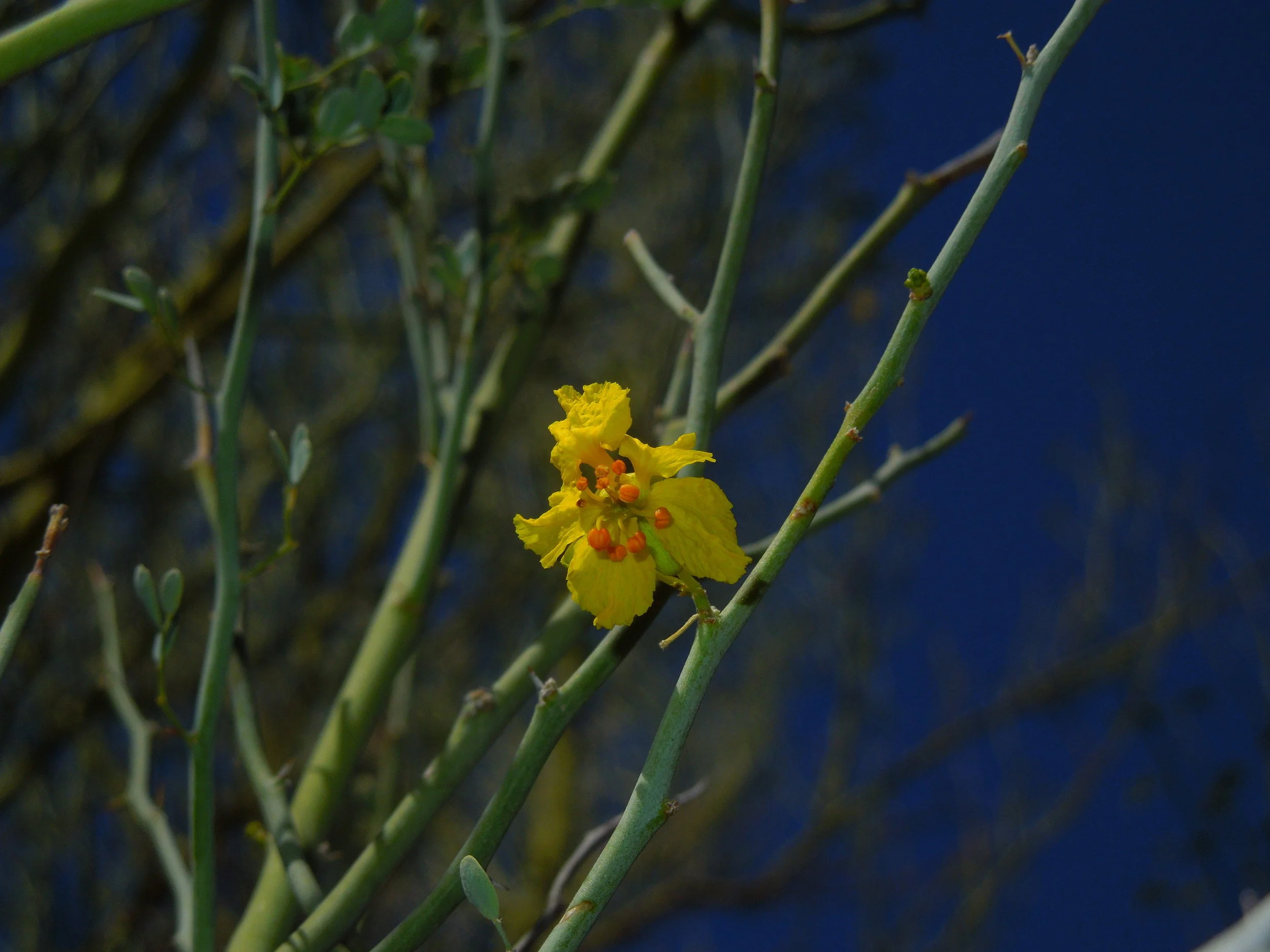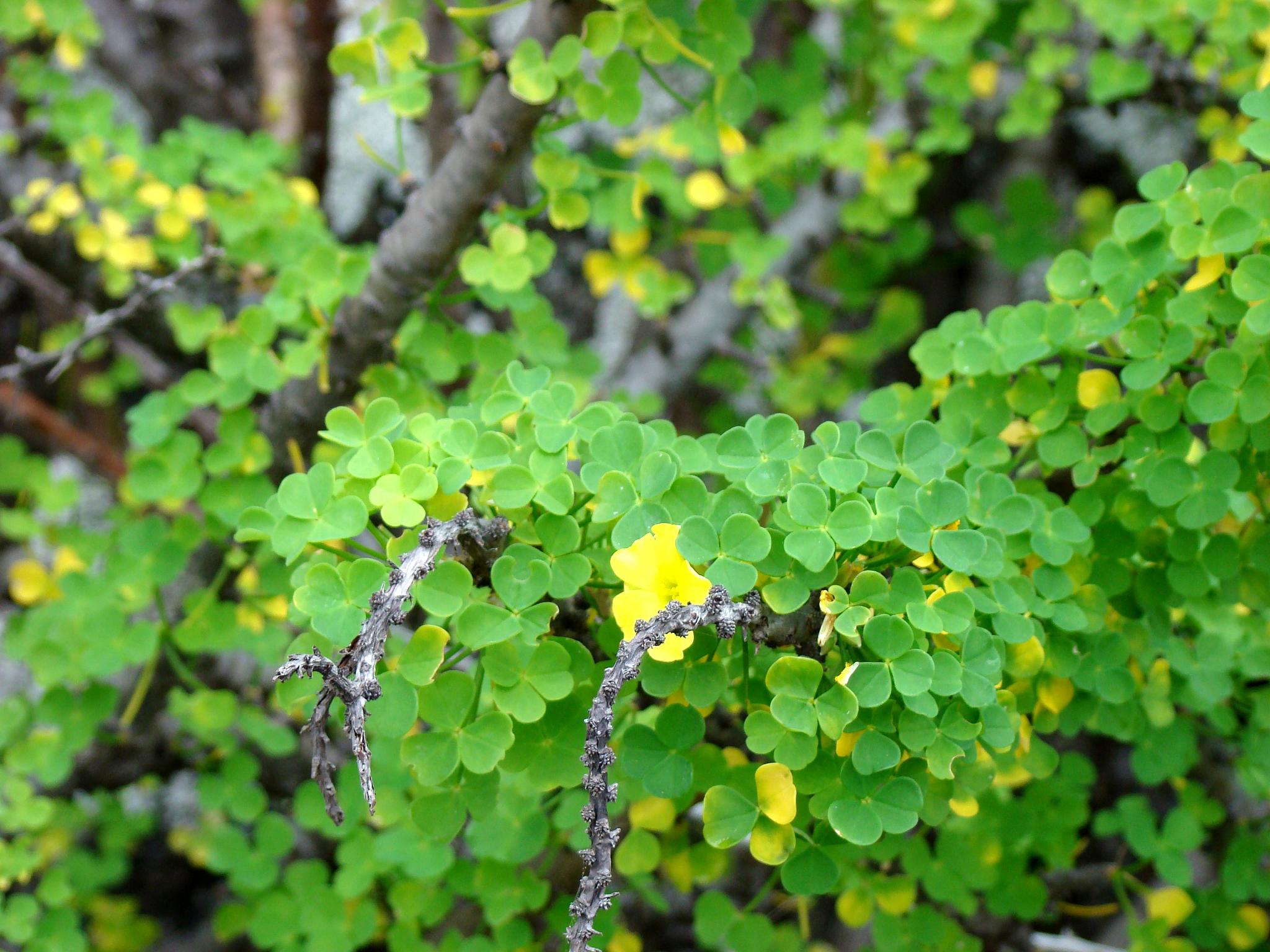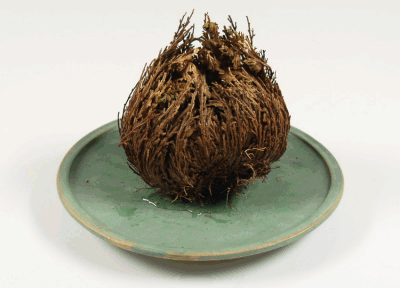Photo by: Gennaro Re
Across nearly every ecosystem on Earth, biodiversity tends to follow a pattern in which there are a small handful of very common species and many, many more rare species. It would seem our knowledge of plants follows a similar pattern; we know a lot about a small group of species and very little to nothing about most others. Take, for example, a succulent relative of the milkweeds known to science as Whitesloanea crassa. Despite its occurrence in specialist succulent plant collections, we know next to nothing about the natural history of this species or if it even still exists in the wild at all.
Without flowers, one would be hard pressed to place this odd succulent within a family. Even when in bloom, proper analysis of its taxonomic affinity requires a close inspection of the floral morphology. What W. crassa exhibits is a highly derived morphology well-adapted to its xeric environment. Native to Somalia, it was said to grow on bare ground and its appearance supposedly matches the rocks that dominate its desert habitat. Never producing leaves or branches, the main body of W. crassa consists of a succulent, quadrangular stem that slowly grows upwards as it ages.
Flowers are produced in a dense inflorescence, which is most often situated near the base of the plant. Each flower is very showy at maturity, consisting of a fleshy, fused, 5-lobed corolla decorated in shades of pink and red. As far as I can tell, this is not one of stinkier members of the family. Though I have found pictures of flowers crawling with maggots, most growers fail to comment on any strong odors. In fact, aside from limited care instructions, detailed descriptions of the plant represent the bulk of the scientific information available on this odd species.
Maggots crawling around inside the flowers indicates this species mimics carrion as its pollination mechanism. Photo by: Flavio Agrosi
As I mentioned, it is hard to say whether this species still exists in the wild or not. The original mention of this plant in the literature dates back to 1914. A small population of W. crassa was found in northern Somalia and a few individuals were shipped overseas where they didn’t really make much of an impact on botanists or growers at that time. It would be another 21 years before this plant would receive any additional scientific attention. Attempts to relocate that original population failed but thanks to a handful of cultivated specimens that had finally flowered, W. crassa was given a proper description in 1935. After that time, W. crassa once again slipped back into the world of horticultural obscurity.
A few decades later, two additional trips were made to try and locate additional W. crassa populations. Botanical expeditions to Somalia in 1957 and again in 1986 did manage to locate a few populations of this succulent and it is likely that most of the plants growing in cultivation today are descended from collections made during those periods. However, trying to find any current information on the status of this plant ends there. Some say it has gone extinct, yet another species lost to over-collection and agriculture. Others claim that populations still exist but their whereabouts are kept as a closely guarded secret by locals. Though such claims are largely unsubstantiated, I certainly hope the latter is true and the former is not.
Photo by: Flavio Agrosi
Our knowledge of W. crassa is thus restricted to what we can garner from cultivated specimens. It is interesting to think of how much about this species will remain a mystery simply because we have been unable to observe it in the wild. Despite these limitations, cultivation has nonetheless provided brief windows into it’s evolutionary history. Because of its rock-like appearance, it was assumed that W. crassa was related to the similar-looking members of the genus Pseudolithos. However, genetic analysis indicates that it is not all that closely related to this genus. Instead, W. crassa shares a much closer relationship to Huernia and Duvalia.
This is where the story ends unfortunately. Occasionally one can find cultivated individuals for sale and when you do, they are usually attached to a decent price tag. Those lucky enough to grow this species successfully seem to hold it in high esteem. If you are lucky enough to own one of these plants or to have at least laid eyes on one in person, cherish the experience. Also, consider sharing said experiences on the web. The more information we have on mysterious species like W. crassa, the better the future will be for species like this. With any luck, populations of this plant still exist in the wild, their locations known only to those who live nearby, and maybe one day a lucky scientist will finally get the chance to study its ecology a little bit better.
Photo Credits: [1] & Flavio Agrosi [2] [3] [4]
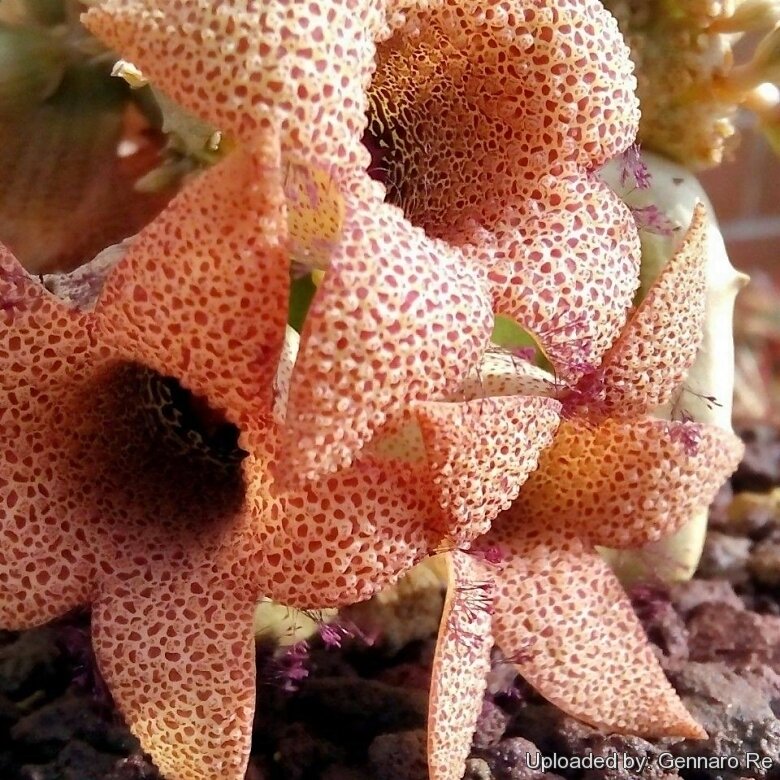


![Syntrichia caninervis growing in both soil surface and milky quartz. [SOURCE]](https://images.squarespace-cdn.com/content/v1/544591e6e4b0135285aeb5b6/1596125329330-RWYPR68OSOIXG5AWE3EN/mossrock.png)
![Tortula inermis (white arrow) and S. caninervis (black arrow) growing in a milky quartz. [SOURCE]](https://images.squarespace-cdn.com/content/v1/544591e6e4b0135285aeb5b6/1596128581756-SZLGMLQQ27C9GX0IGMMN/mossrock2.png)
![Tortula inermis was more likely to be found growing under quartz at high elevations. [SOURCE]](https://images.squarespace-cdn.com/content/v1/544591e6e4b0135285aeb5b6/1596128741494-5OR9HUY18IL5JK888XY4/t_inermis.jpg)

![(A) Box plot of hypolithic and soil surface S. caninervis shoot length. (B) An S. caninervis shoot fromunder quartz. (C) An S. caninervis shoot from the soil surface. [SOURCE]](https://images.squarespace-cdn.com/content/v1/544591e6e4b0135285aeb5b6/1596128644865-RJZXZN3WBZBCXW85B263/journal.pone.0235928.g005.PNG)
